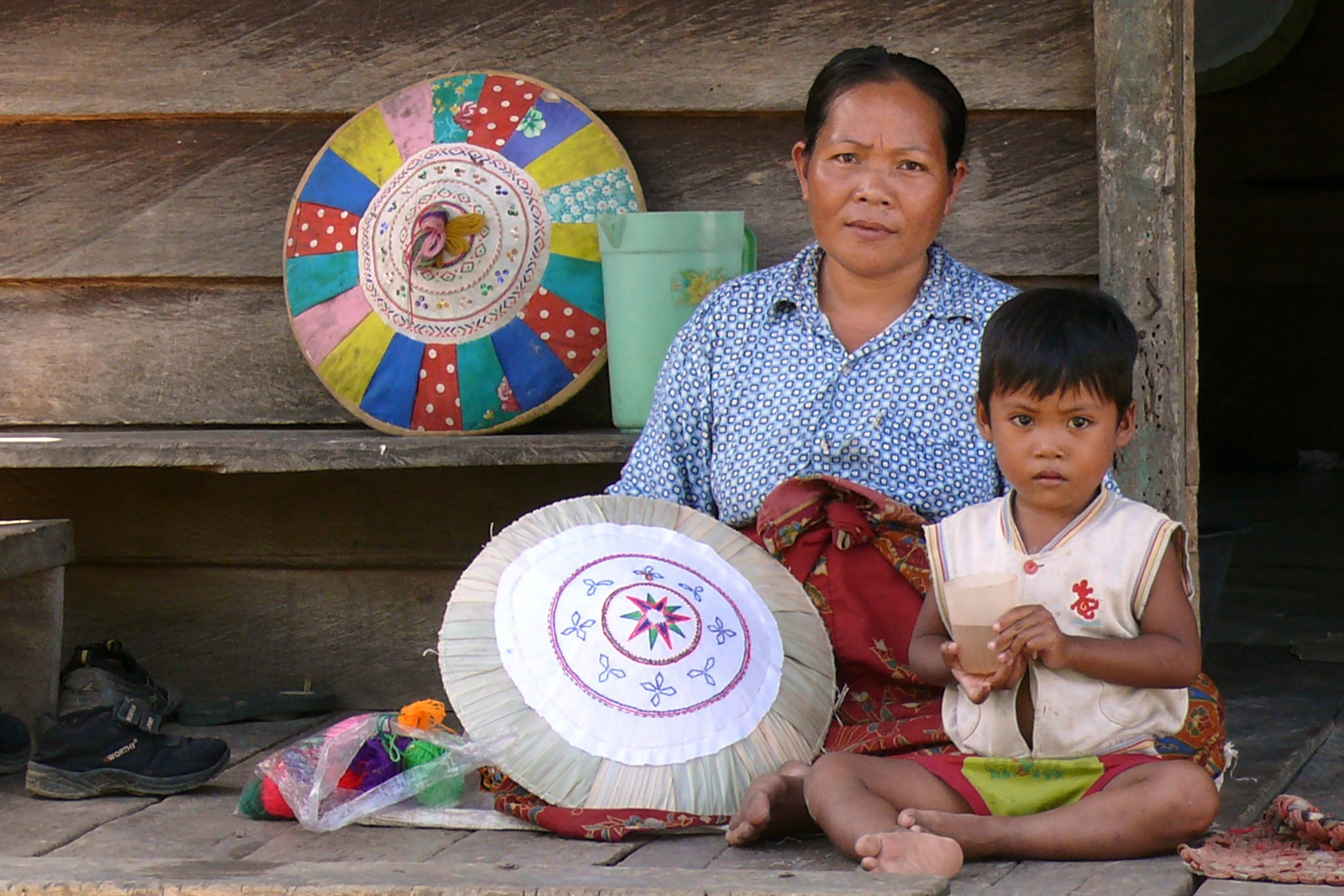Gaharu: A migration story
- From
-
Published on
03.07.18
- Impact Area

Indonesia – When the “gaharu rush” began, the migrants came in their hundreds. Suddenly, in the interior of North Kalimantan in Indonesian Borneo, there was money to be made.
Gaharu, or agarwood – the fragrant, resinous heartwood of Aquilaria trees that have been infected by a fungus – is in high demand for use in Middle Eastern perfumes and Chinese medicines. In 2018, agarwood chips sell for around USD 7,000 per kilogram in some countries – with the very best quality specimens fetching in the millions.
As the gaharu price rose through the 1990s, people flocked to the remote forests of the Apo Kayan – a sub-group of Kalimantan’s Dayak people – in the hope of making a buck. Not just outsiders, either – hundreds of former Dayak locals returned to their home villages, two decades after they’d moved to the lowlands to seek their fortune. They hadn’t found it, so they came back to search for gaharu themselves, or sell services to those undertaking expeditions.
As more and more outside traders arrived, the customary councils began to debate what to do. Should collectors have to pay a fee to access traditional lands? Should there be a levy on the amount of wood collected? How could they monitor what was harvested deep in the forest? Should outsiders be prohibited from gathering gaharu altogether? Did return migrants count as insiders or outsiders? Read the full story on Forests News.
Related news
-

PABRA and Rwanda’s Agriculture Ministry chart new path for bean value chain transformation at ACAT Conference
The Alliance of Bioversity International and the International Center for Tropical Agriculture (CIAT)30.06.25-
Nutrition, health & food security
-
Poverty reduction, livelihoods & jobs
As Rwanda continues efforts towards eradicating malnutrition, the bean crop continues to be a symbol…
Read more -
-

Harnessing digital tools in securing soil health for Africa’s food future
Sehlule Muzata27.06.25-
Climate adaptation & mitigation
-
Environmental health
-
Nutrition, health & food security
-
Poverty reduction, livelihoods & jobs
Nairobi, 27 June 2025 (IITA) - As it marks its first anniversary, the Regional Hub…
Read more -
-

Harnessing digital tools in securing soil health for Africa’s food future
Sustainable Farming Science Program27.06.25-
Climate adaptation & mitigation
-
Environmental health
-
Food security
-
Poverty reduction, livelihoods & jobs
Nairobi, 27 June 2025 (IITA) - As it marks its first anniversary, the Regional Hub…
Read more -
